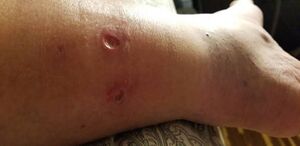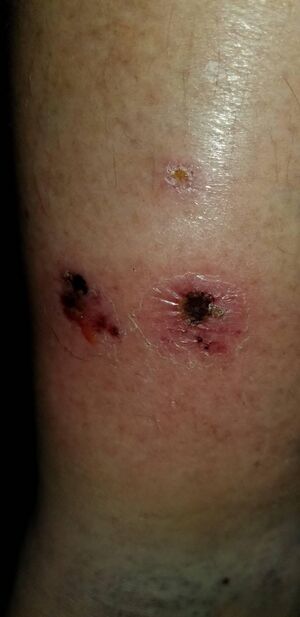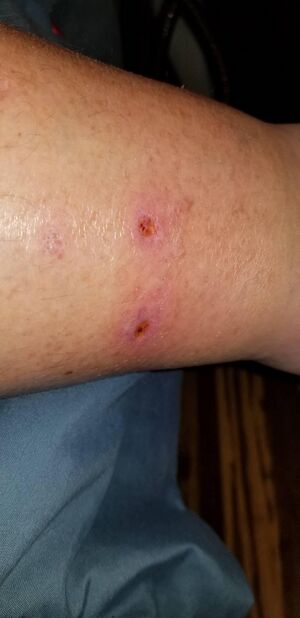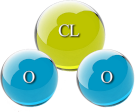Diabetes ulcers closed in record time
By Dr. Judith Varnau

Subject: Use of 3000ppm Chlorine Dioxide (ClO2) Water Solution Spray on Diabetic Ulcers Resistant to Allopathic Treatments - 11/27 to 12/16
Introduction
This report presents two clinical cases involving the application of a 3000ppm chlorine dioxide (ClO2) water solution for the treatment of diabetic ulcers that were unresponsive to conventional allopathic therapies.

Case 1: Type 2 Diabetic Patient
A 55-year-old male with a history of type 2 diabetes presented with non-healing ulcers on the lower extremities. After several weeks of standard medical treatment, the ulcers showed minimal improvement. The decision was made to initiate treatment with a 3000ppm ClO2 solution applied topically and administered orally at 30ppm.
Treatment Protocol:
- Topical Application: 3000ppm ClO2 solution sprayed directly onto the affected areas twice daily.
- Oral Administration: 30ppm ClO2 solution taken orally once daily.
Results
After a treatment period from November 27 to December 16, the ulcers demonstrated significant healing. Follow-up assessments indicated reduced inflammation, decreased ulcer size, and improved overall tissue health.

Use of 30ppm Oral and 3000ppm Topical Chlorine Dioxide (ClO2) Solution in a Type 1 Diabetic Patient
Introduction
A second case involves a 45-year-old male diagnosed with type 1 diabetes who was advised by his healthcare provider that he would likely need to undergo amputation of his left little toe due to severe ulceration and necrosis.
Treatment Protocol:
- Topical Application: 3000ppm ClO2 solution applied to the ulcerated area twice daily.
- Oral Administration: 30ppm ClO2 solution taken orally once daily.
Results
Following the treatment, the patient returned for reevaluation. The surgeon noted remarkable healing of the ulcer, stating he had never witnessed such rapid recovery in a diabetic patient of this age. The previously recommended amputation was deemed unnecessary, highlighting the effectiveness of ClO2 in this case.
Conclusion
These cases suggest that chlorine dioxide at specified concentrations may offer a viable alternative for managing diabetic ulcers resistant to traditional medical treatments. Further research is warranted to explore the underlying mechanisms and optimize treatment protocols for broader clinical application.
